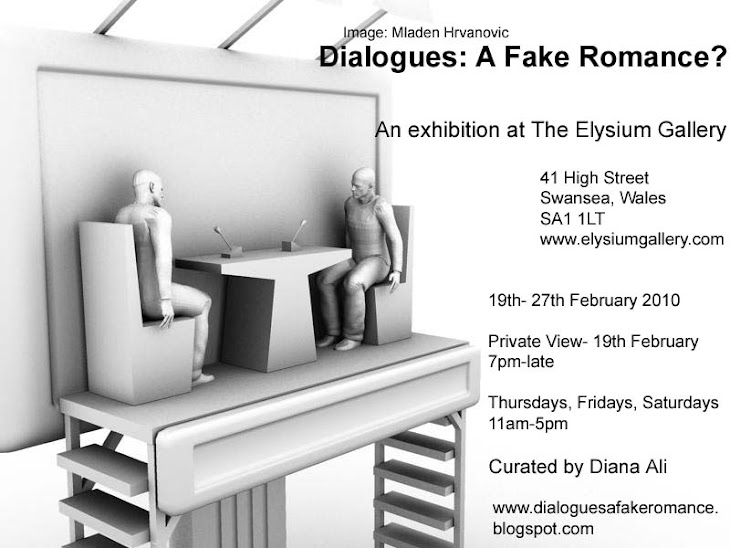
“Non Fiction” © 2010
Photographs 50x50cm (Series of 9)
Taken on a 1950’s ex-police camera once used to document crime scenes, the camera’s past function has imbedded itself into the images and the images reflect this by suggesting negative occurrences when in many cases they are of innocent events. The previous function of the camera, being purely functional removes the possibility of fraud in the mind of the viewer due to the neutrality created by the function in the way that the viewer will only see the subject and not the intention to deceive. With these images there is a focus on more negative suggestion, which is related to the artist’s interest in the question “do people usually assume the worst?” based on the idea that if the audience are only given a small amount of information, they create the rest, based on their fears, neurosis or expectations based on the media, in effect creating their own truth.
“Why is non-fiction called “non” fiction?
It suggests that Fiction came first. Why not call it “real” or “truth”? Is it because there is no such thing, because truth is a fallacy? The fact that this collection of photographs is called “non-fiction” is an attempt to imply, regarding its original definition, that the photographs are of real events that actually happened. In fact “non-fiction” implies that truth is a fiction in itself, is relative. It implies that some of these images aren’t quite true. Which they are not. Some can be nothing other than real; others seem too extra ordinary or absurd to be true. There are others that are somewhere in between. The intention is to blur the boundary between truth and falsity to highlight that this is in fact the norm.
